Hãy tưởng tượng lại giấc ngủ tuyệt vời của trẻ em. cột la mã trang trí trong nhà trên Alibaba.com và với mức chiết khấu không thể cưỡng lại. Các. cột la mã trang trí trong nhà chứa đầy những chất lượng an toàn và thoải mái tuyệt vời. Do đó, các bậc cha mẹ được đảm bảo rằng con cái của họ sẽ có giấc ngủ đầy đủ trong khi được bảo vệ khỏi mọi hình thức nguy hiểm. Các. cột la mã trang trí trong nhà có sẵn với kiểu dáng, chất liệu và màu sắc tuyệt vời cũng như các kích cỡ khác nhau để phù hợp với mọi loại sở thích.
Tất cả. cột la mã trang trí trong nhà được làm bằng các vật liệu đặc biệt giúp chúng chắc chắn và bền, đồng thời nhẹ để vận chuyển. Những vật liệu này không dễ bị vỡ và không gây dị ứng để bảo vệ trẻ khỏi bị kích ứng. Sự đa dạng về kích thước, màu sắc, kiểu dáng và các đặc điểm nổi bật khác đảm bảo rằng không ai bỏ lỡ sự phù hợp của chúng. cột la mã trang trí trong nhà trên trang web. Mặc dù có nhiều tính năng hiện tượng,. cột la mã trang trí trong nhà đi kèm với các thẻ giá thấp phù hợp với túi tiền của bạn.
Như một biện pháp để duy trì chất lượng cao và các biện pháp phòng ngừa an toàn cho. cột la mã trang trí trong nhà, các nhà cung cấp được kiểm tra cẩn thận trước khi sản phẩm của họ được đưa lên Alibaba.com. Do đó, thôi. cột la mã trang trí trong nhà tuân thủ các tiêu chuẩn được đề xuất có sẵn. Các. cột la mã trang trí trong nhà đi kèm với hướng dẫn cho người dùng để chứng minh cách thiết lập, sử dụng, làm sạch và chăm sóc chúng. Trong trường hợp cần giải thích rõ hơn, người mua có thể liên hệ với nhà sản xuất bất kỳ lúc nào.
Hãy tận dụng điều này. cột la mã trang trí trong nhà trên Alibaba.com và nâng cao hồ sơ tiết kiệm của bạn. Có sẵn. cột la mã trang trí trong nhà sẽ cho phép bạn đạt được mục tiêu của mình với tư cách là phụ huynh hoặc doanh nhân. Bản chất rẻ tiền của những mặt hàng này sẽ chứng minh cho bạn rằng chất lượng mà giá cả phải chăng.




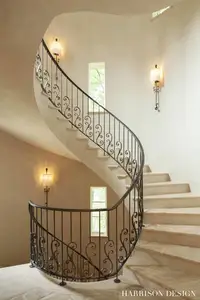

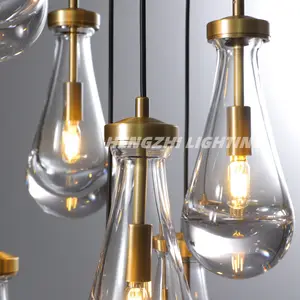



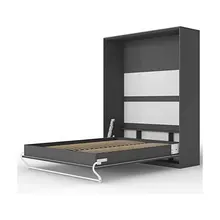

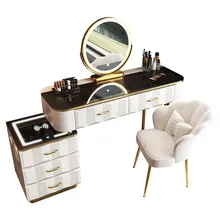

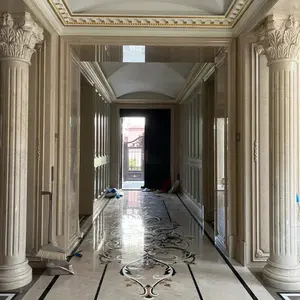

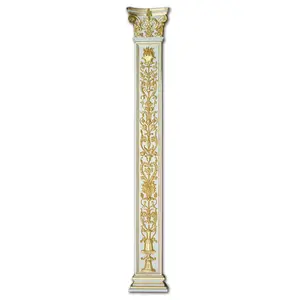





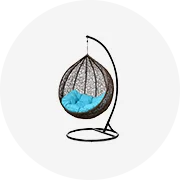

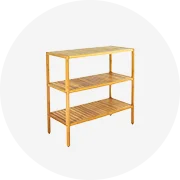
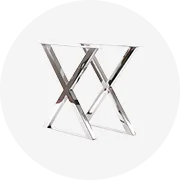









 浙公网安备 33010002000092号
浙公网安备 33010002000092号 浙B2-20120091-4
浙B2-20120091-4